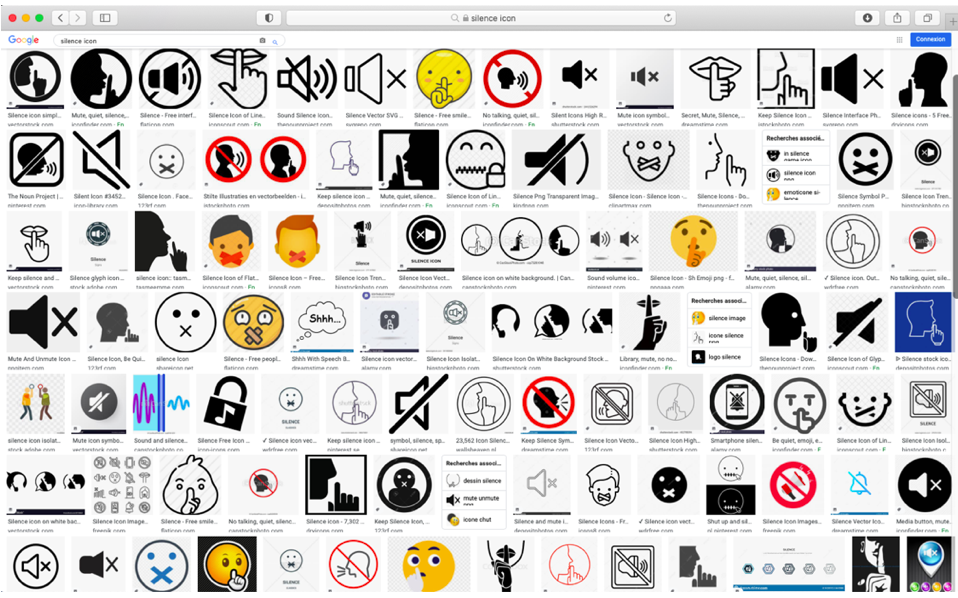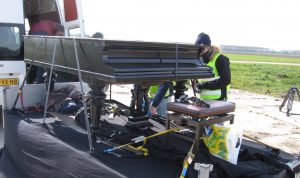podcasting workshop
Welcome to Guy’s Podcasting Workshop
KABK September 2021
This audio-makers workshop is for beginners in the audio field and those with a bit of experience as well. In four sessions, students will learn about different formats, how to plan a podcast, storytelling strategies, how to best record and edit sound, how to use music and sound effects, and how to translate a visual story to audio.
Session 1: What’s a Podcast? Where’s a Podcast?
Before the intro session, students will share their favorite podcasts, and make a list of 3 ideas for a 5 minute audio podcast.
First Half: introduce different forms of arts podcasts, with examples, I NEED BETTER EXAMPLES! and then introduce storytelling. What is storytelling? Who do you know who tells a good story? Why does it work? When do you tell what? What do you leave out? How do you get a message to the audience?
Examples:
On Capturing Stories: https://podcasts.apple.com/us/podcast/on-capturing-stories-host-jordan-craig/id1368680261?mt=2 commerical focused, On Capturing Stories, host Jordan Craig.
Foam Stories – miniseries on migration (based on photo exhibition) https://open.spotify.com/show/2O3kq8KO17ouwkCsNKG5CO
Street Shots Photography Podcast: https://player.fm/series/2362637 – Antonio M. Rosario and Ward Rosin
https://open.spotify.com/episode/5Og989NZcxesqXubK9akDc about art collectors and fine art photography
Ansel Adams exhibition curators talk (boring?) https://portlandartmuseum.org/podcast/ansel-adams-in-our-time/
https://podcasts.google.com/feed/aHR0cHM6Ly9mZWVkLnBvZGJlYW4uY29tL3N1bm55MTYvZmVlZC54bWw/episode/c3VubnkxNi5wb2RiZWFuLmNvbS85ODdmYmFkYi02MmE0LTMwYjAtOTMyNi01YjNkZWIwMjk0ZjA?hl=nl&ved=2ahUKEwj6nv_Pxb_yAhXdgP0HHYPLArwQjrkEegQIAhAF&ep=6 black-eyed polaroids long conversational chat format = 1:20 Sunny 16 Podcast
Second Half: practicalities: what equipment will you need?
(see equipment notes below)
And give an introduction to Audacity, plus link to YouTube tutorial
What are your ideas? Go around room and share 3 craziest ideas for podcasts, and discuss how these could work.
Assignment for tomorrow: students choose a theme, and write a 3-minute spoken-word story about it. Question for Don: should theme be visual? Or related to photography? Or random?
Session 2: Storytelling & starting to record
Before this session, students choose a theme, and write a 3-minute spoken-word story about it.
First Half:
We’ll start by going around the room, and each student will present their 3-minute story. We’ll share tips and critiques, and try to find traditional and non-traditional ways to tell each story. The world of podcasting is so vast, and there are so many audiences – we’ll think about who might be listening, and how to keep their interest. We’ll also address how to ‘show’ visual materials via headphones; how to present physical art or conceptual art via an audio channel.
Second Half:
we’ll discuss nuts and bolts: the basics of recording.
- The impact of good (and bad) acoustics
- Which microphones are there? And in which situation do you use which microphone?
- Common (technical) mistakes that ruin your recordings, esp too much background noise
- Remote recording (via Zoom, for example)
- Software suggestions (including podbean and audacity)
- How to get started if you have zero technical knowledge (hint: use your phone)
Assignment for tomorrow:
Tonight, students record voices: themselves, experts, neighbors, family, friends, anyone you can find. Then they make a 3-minute set of highlights from these raw recordings. The quality can be rough – the important part is to find the voices of the story. No music, no sound effects, no filters: just the original voices saying interesting things.
Session 3: Finding your voice(s)
Before this session, students record voices and edit a 3-minute set of highlights from these raw recordings. (No music, no sound effects, just voiceovers telling a story)Intro: where can students find sound effects and music?
Let’s ignore copyright restrictions for this class
Normally not allowed, but for this class, you can rip music from spotify or youtube
If you don’t know how to do that, or don’t want to break copyright rules, then here are some links:
- Free sound-effects library
- Free music library
Each student will present their rough 3-minute work in progress. We’ll talk about how to turn these voices (or sometimes it’s just one voice) into a podcast, where to find music, sound effects, how to record background sounds, how to balance the different ingredients, how to fill in missing links, or get that one crucial interview/viewpoint/sentence/word. Cutting and cleaning up your audio is also discussed. What if it’s too long? How to tidy it up, make it shorter, and even how to use silence, pauses, and unexpected sounds.
- More tips on editing audio
- Using different types of audio
- Cutting, selecting and moving clips
- More about microphones
- And more about background noise
- Choosing music and sound effects
Add music and sound effects to your podcast, cannot exceed 5 minutes total
Session 4: Assembly/Montage/Editing
Before this session, students assemble their texts as 5 minute podcast including music, sound effects, and any other ingredients they want to use.
What now? We have a rough cut of each podcast, but it needs to be cleaner, smoother, simpler; or it needs to be more mysterious or more surprising. Is the podcast the artwork, or is it a documentary? Is it both? Is it a teaser or an explanation? Does it flow? We’ll ask these questions and explore some of the following techniques:
- Fade in / out, levels
- Noise reduction
- Importing and exporting audio
- Tips for bedding music underneath your podcast
- audio logo (sign-in/sign-out)
final assignment:
the students will edit their work down to a 5 minute podcast
NOTES
Editing Software
you can use any software you want for this class, as long as you know how it works already. (I’m a storyteller, not a techie, so this is not my expertise). And if you’re a beginner, and don’t have any audio software, then please download Audacity, which I will explain during the workshops.
if you have audio experience already, then there are lots of choices for you: Reaper and Ableton are preferred by journalists; musicians use Steinberg Cubase, Reaper, or many others. Beginners like Audacity or GarageBand. Podbean is fun on your telephone, and easy to use.
Microphone(s)
A phone is simplest microphone to use, and you’re welcome to use one to record audio.
Using your laptop is not recommended: the built-in mic is usually horrible.
An external mic is a good idea, but you don’t have to buy one for this class. If you have one already, then bring it. Here are some sample microphones that work well, at different prices:
- 1.Rode Podcasting mic
- Blue Yeti
- 4.
Terms:
Voice-over: recording in the studio
Tape: sound on location
Atmos: sound design term for atmosphere. Also called ‘auditory backdrop’: the sound you hear in the background.
Point noise: specific noises that are not necessarily part of the atmosphere, but that happen in that place. Think of a barking dog.
Bedding: embedded music that is much quieter than your text, but acts as a background, creating emotions or movement
Spot fx: Point sounds that you record on the spot, to illustrate the action(s) of character. For example, bumping into a trash can.
DAW Software (Digital Audio Workstations)





















































